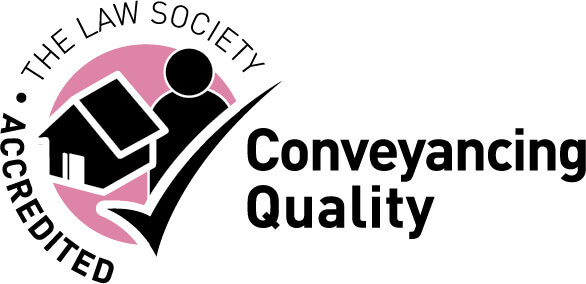Speed camera jamming and perverting the course of justice
Jason Moore recently appealed against his conviction for perverting the course of justice. He had fitted a Laser Star to his van. This device has the capacity to jam a speed meter and act as a parking sensor. A number of years later, he drove the van and passed some roadside speed monitoring equipment. The speed limit was 60mph, and his speed was estimated at 72-72mph, although the monitoring equipment showed an error code. He was stopped driving the van a year later, and the Laser Star device was discovered.
Moore was charged with doing an act tending and intending to pervert the course of justice. He denied the offence saying that the ingredients of the offence were not made out. The ingredients or elements of the offence were set out in the leading case of Vreones as:
- Acts or embarks upon a course of conduct
- which has a tendency to, and
- is intended to pervert
- the course of justice.
The defence put forward was that he installed the device to use it as a parking sensor and that he was unaware that it had the capacity to jam speed meters.
During the trial, the judge said that the real issue for the jury was whether it had been established to their satisfaction that the defendant knew the device had a possible jamming effect. He was convicted.
Moore appealed against that conviction, arguing that the judge was wrong to direct the jury that the device had the tendency to pervert the course of justice and that the course of justice had not been embarked upon at the time when the device was fitted.
The appeal was unsuccessful. The Court of Appeal said that it was sufficient that it was within the contemplation of the defendant that the police would be obstructed in the investigation of crime. That was all that was needed to establish that fitting the device had a tendency to pervert the course of justice.
The Court of Appeal also addressed the issue of when the course of justice had been embarked upon. The Court held that it was not embarked upon when the device was fitted to the vehicle but when the act of driving at speed, with the device fitted and working, took place.
The offence in question is doing some act that has a tendency and is intended to pervert the administration of justice. In this case, it was preventing the police from recording the excess speed at which Moore was driving, meaning that he could not be prosecuted for speeding.
In the case of Kenny in 2003 the Court of Appeal summarised the offence as follows:
- there is no closed list of acts that may give rise to the offence;
- any expansion of the offence should only take place incrementally, and with caution, the principles of common law reasoning and requirements of Article 7 (no punishment without law) should be reflected;
- in respect of the offence generally, there is no authority or principle that supports confining the requisite acts to those giving rise to some other independent criminal wrongdoing;
- there is no basis for importing a restriction into the elements of the offence where it arises in the context of a breach of a restraint order.
A positive act is required for the offence; even if this is an act of concealment or distortion, a simple omission to act is not sufficient. The course of justice includes a criminal investigation and not simply the ends of justice. Examples include making a statement containing assertions of fact that the statement maker knew to be false, deleting files from a memory stick to prevent an investigation of a possible crime, or altering medical records after prescribing inappropriate medication without realising a patient was asthmatic.
The offence is charged where there are serious aggravating features as an alternative to a lesser offence being charged. The charge has to reflect the gravity or complexity of the wrongdoing, so in some circumstances, it may be more appropriate to proceed with contempt of court, a charge of obstructing the police or wasting their time, for example.
Although a draft guideline is currently under consultation, there is no sentencing guideline in place for this offence. The guidance from case law is that the offence invariably calls for a custodial sentence with deterrence as an important sentencing aim. In assessing the seriousness of the offence, the relevant factors are the seriousness of the underlying offence, the nature of the deceptive conduct, the period of time over which it was continued, whether it cast suspicion on or led to the arrest of an innocent person, along with the offender’s previous character and personal mitigation.
How can we help?
We ensure we keep up to date with any changes in legislation and case law so that we are always best placed to advise you properly. If you would like to discuss any aspect of your case, please contact our Motoring Team on 01743 248545 or mail@hatchers.co.uk
Image credit: “Speed Cameras sign and the Chamberlain clock tower” by ell brown is marked with CC BY 2.0.




